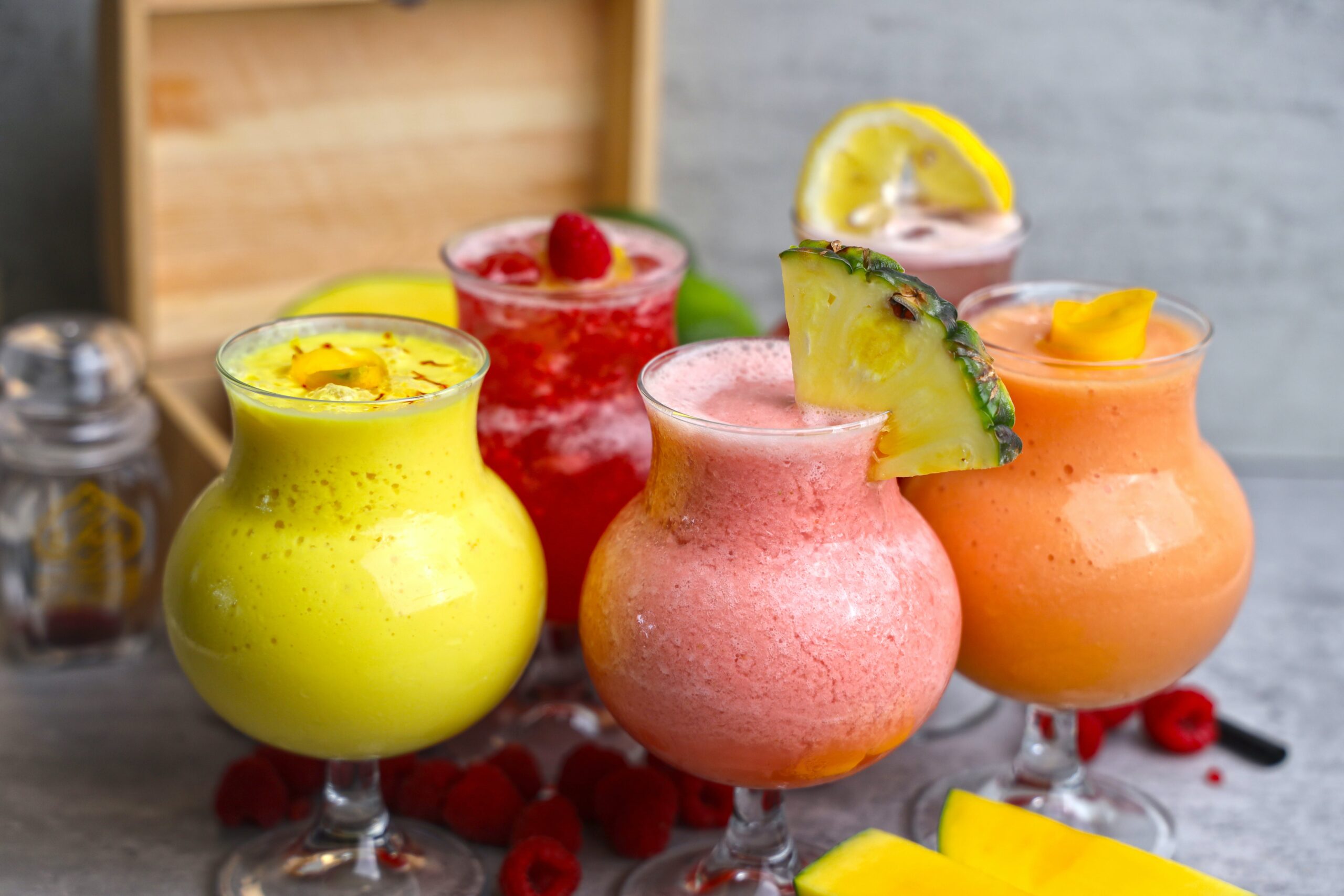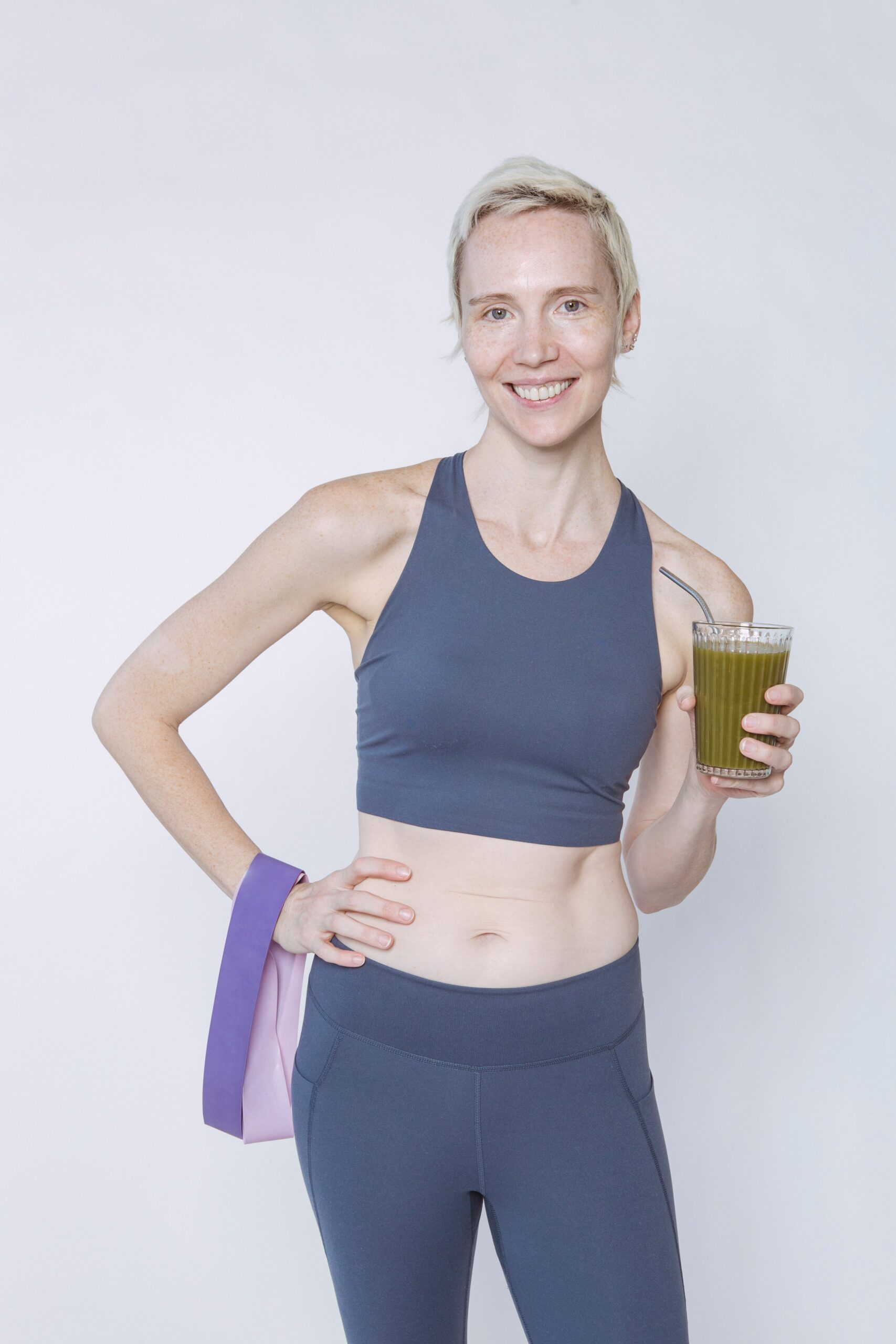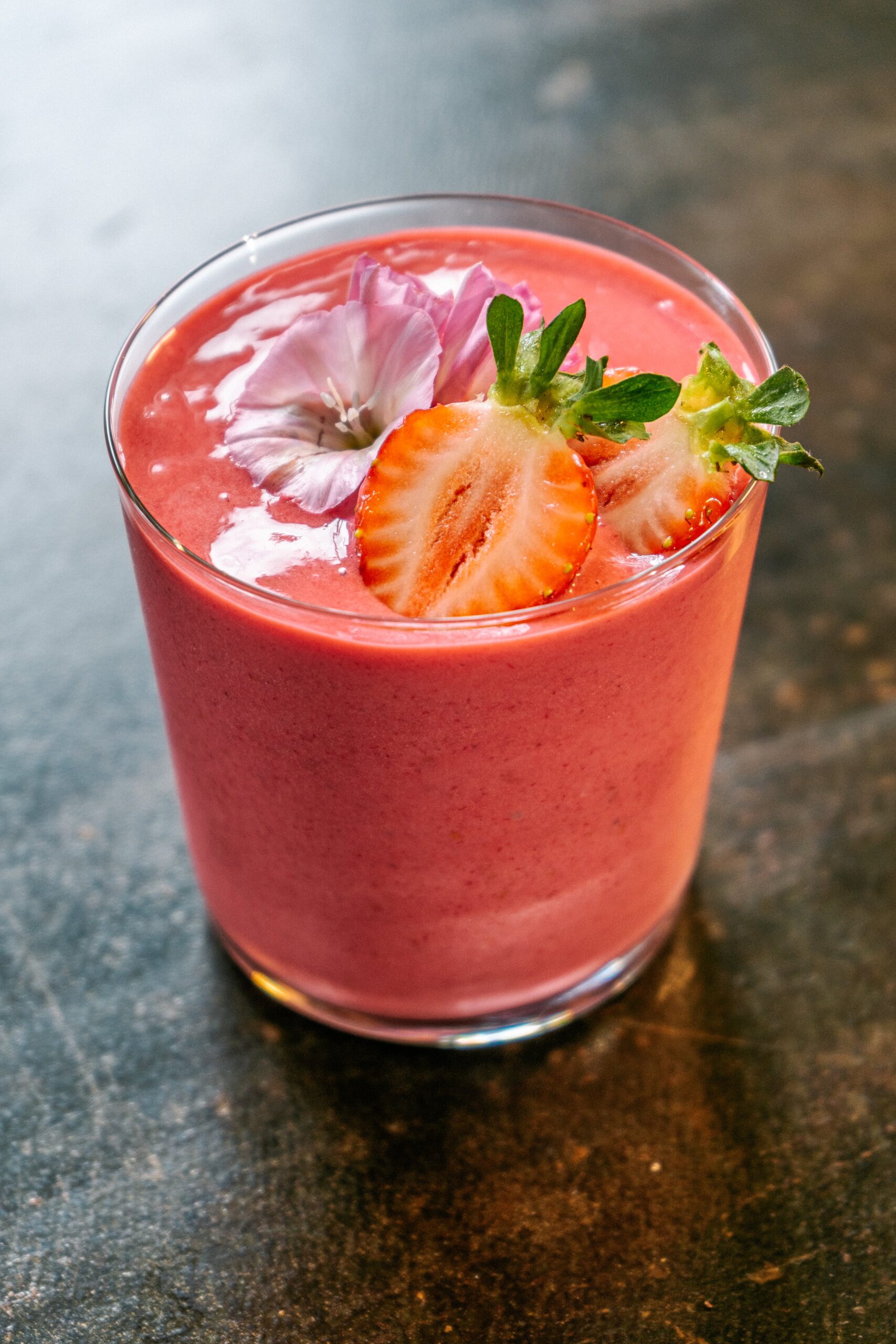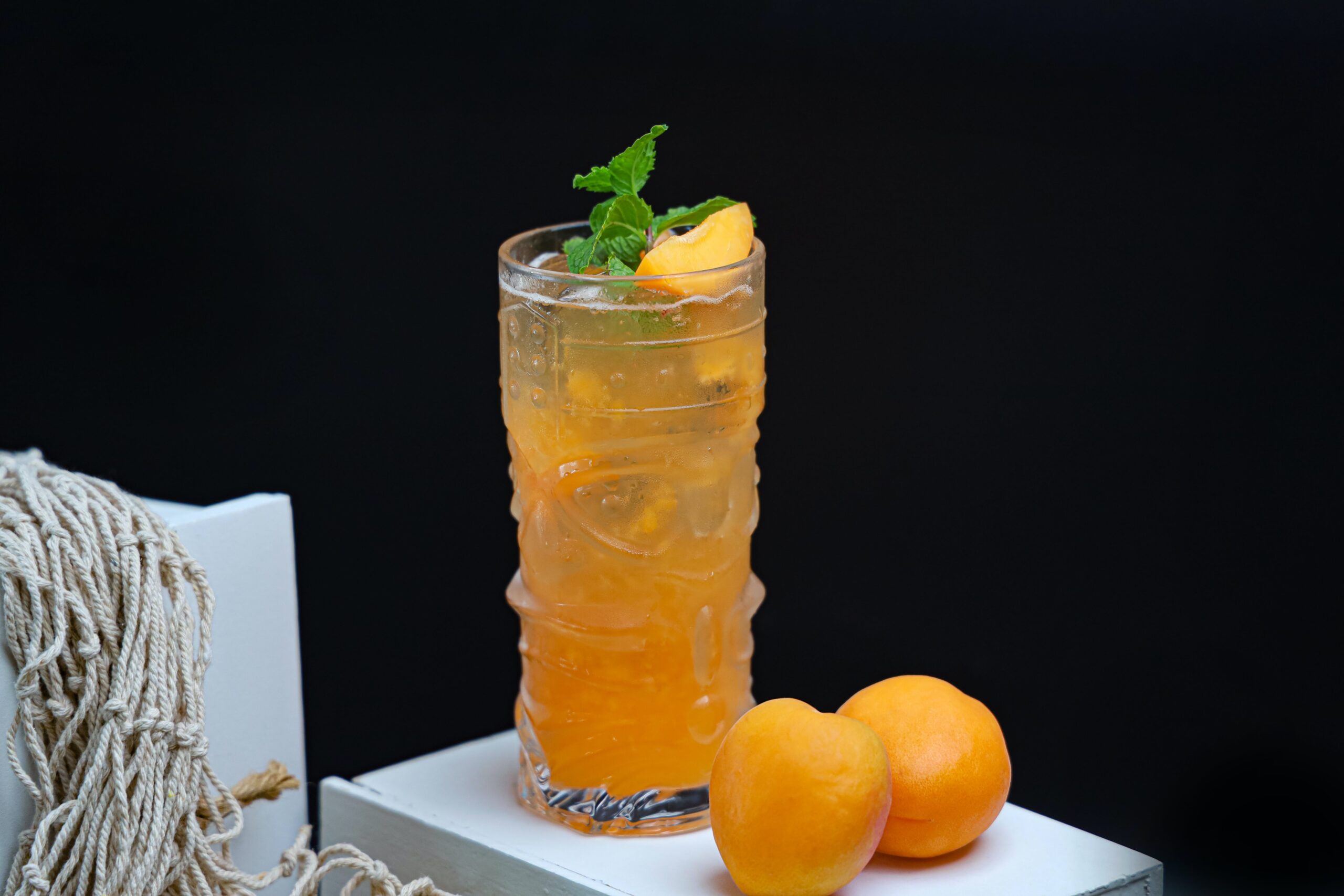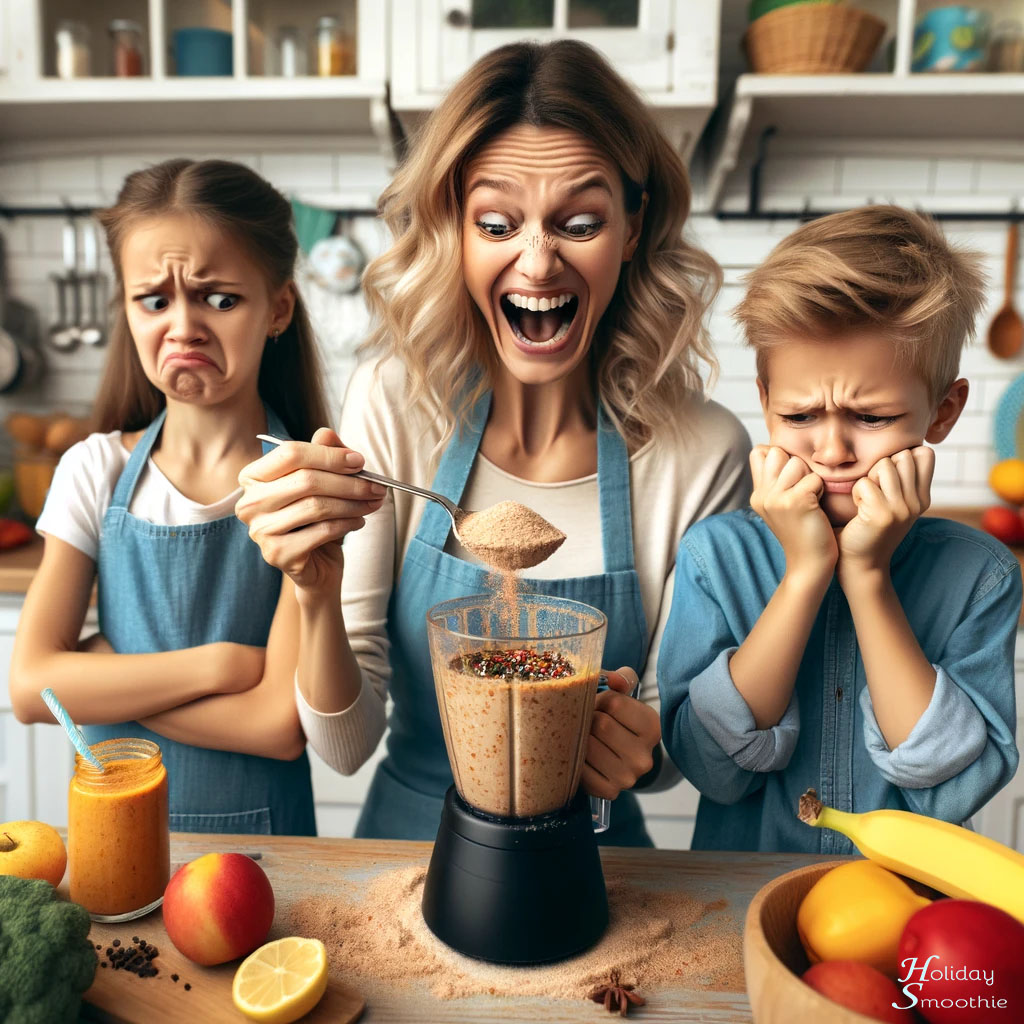Smoothies come in a wide variety of types, each catering to different tastes, dietary needs, and nutritional goals.
Fruit Smoothies: Made primarily with a combination of various fruits such as berries, bananas, apples, and tropical fruits. They are known for their natural sweetness and are rich in vitamins and antioxidants.
Green Smoothies: Incorporate leafy greens like spinach, kale, or Swiss chard, often combined with fruits to enhance flavor. They’re packed with nutrients and are great for boosting intake of vegetables.
Protein Smoothies: Often include protein sources like protein powder, Greek yogurt, or nut butters. Ideal for post-workout nutrition or as meal replacements, they help in muscle repair and satiety.
Dessert Smoothies: Designed to taste like dessert, but usually healthier. Ingredients might include cocoa powder, vanilla extract, or cinnamon. They’re often sweetened with honey or maple syrup.
Detox Smoothies: Usually contain ingredients that are known for their detoxifying properties, like lemon, ginger, and beets. They’re used for cleansing diets or as a refreshing, health-boosting drink.
Energy Smoothies: Aimed at providing a quick energy boost. They often include ingredients like oats, coffee, or guarana. Fruits like banana or mango provide natural sugars for energy.
Nut and Seed Smoothies: Include various nuts and seeds (like almonds, walnuts, chia seeds, or flaxseeds), providing healthy fats and an array of vitamins and minerals.
Dairy-Free Smoothies: Made without dairy products, using alternatives like almond milk, coconut milk, or soy milk. They cater to vegans and those with lactose intolerance.
Each type of smoothie can be tailored to specific dietary preferences or nutritional needs, and the possibilities for ingredient combinations are virtually endless.
Thermal Smoothies
The concept of thermal types of smoothies refers to the temperature or thermal effects of the smoothie ingredients on the body. While smoothies are typically cold, the thermal nature of their ingredients can vary:
Cold or Cooling Smoothies: Made with ingredients that have a cooling effect on the body. They often include fruits like watermelon, cucumber, citrus fruits, and mint. These smoothies are ideal for hot weather or for those who have a naturally warm body constitution.
Neutral Smoothies: Contain ingredients that are considered thermally neutral, meaning they don’t significantly heat or cool the body. Banana, apple, and milk (dairy or plant-based) are typical examples. These smoothies are good for general consumption without specific thermal effects.
Warm or Heating Smoothies: Though served cold, they contain ingredients that have a warming effect on the body. Examples include ginger, cinnamon, and nutmeg. These smoothies can be beneficial in colder weather or for individuals who tend to feel cold easily.
Hot and Steaming Smoothies: These smoothies are served hot and are best consumed on stormy nights or days full of snow. Examples are hot chocolate drinks, Fall cinnamon flavors, Squash filled smoothies with nutmeg and apple.
It’s important to note that the idea of thermal properties in foods comes more from traditional dietary theories like Ayurveda and Traditional Chinese Medicine, rather than modern nutrition science. These systems classify foods based on their effects on the body’s internal balance of heat and coolness.
In modern dietary practice, the choice of smoothie might be more focused on taste preferences, dietary needs, and nutritional benefits rather than their thermal properties.
Smoothie textures
The texture of a smoothie can greatly affect its appeal and enjoyment. These are the different types of smoothie textures:
Creamy and Thick: Achieved by adding ingredients like bananas, avocados, Greek yogurt, or nut butters. These smoothies are rich and filling, often resembling the consistency of a milkshake.
Light and Watery: Made with more liquid ingredients like water, green tea, or coconut water, and fewer creamy elements. These smoothies are more refreshing and less filling, ideal for hydration or a light snack.
Chunky: Occurs when smoothies are not fully blended or contain ingredients like fruits, nuts, or oats that add texture. Some people enjoy the added texture and feeling of eating while drinking.
Frothy and Airy: Incorporating ingredients like ice, frozen fruits, or carbonated water can add air and create a frothy texture. These smoothies often have a refreshing and slightly bubbly quality.
Icy or Slushy: Made by using a lot of ice or frozen ingredients. These smoothies are almost like a slush or ice cream, ideal for hot weather or as a dessert alternative.
Velvety: Achieved with a balance of creamy ingredients and sufficient liquid. These smoothies are smooth and luxurious, offering a balance between being light and rich.
The texture of a smoothie can be adjusted according to personal preference by modifying the ratio of solid to liquid ingredients and the blending time.

